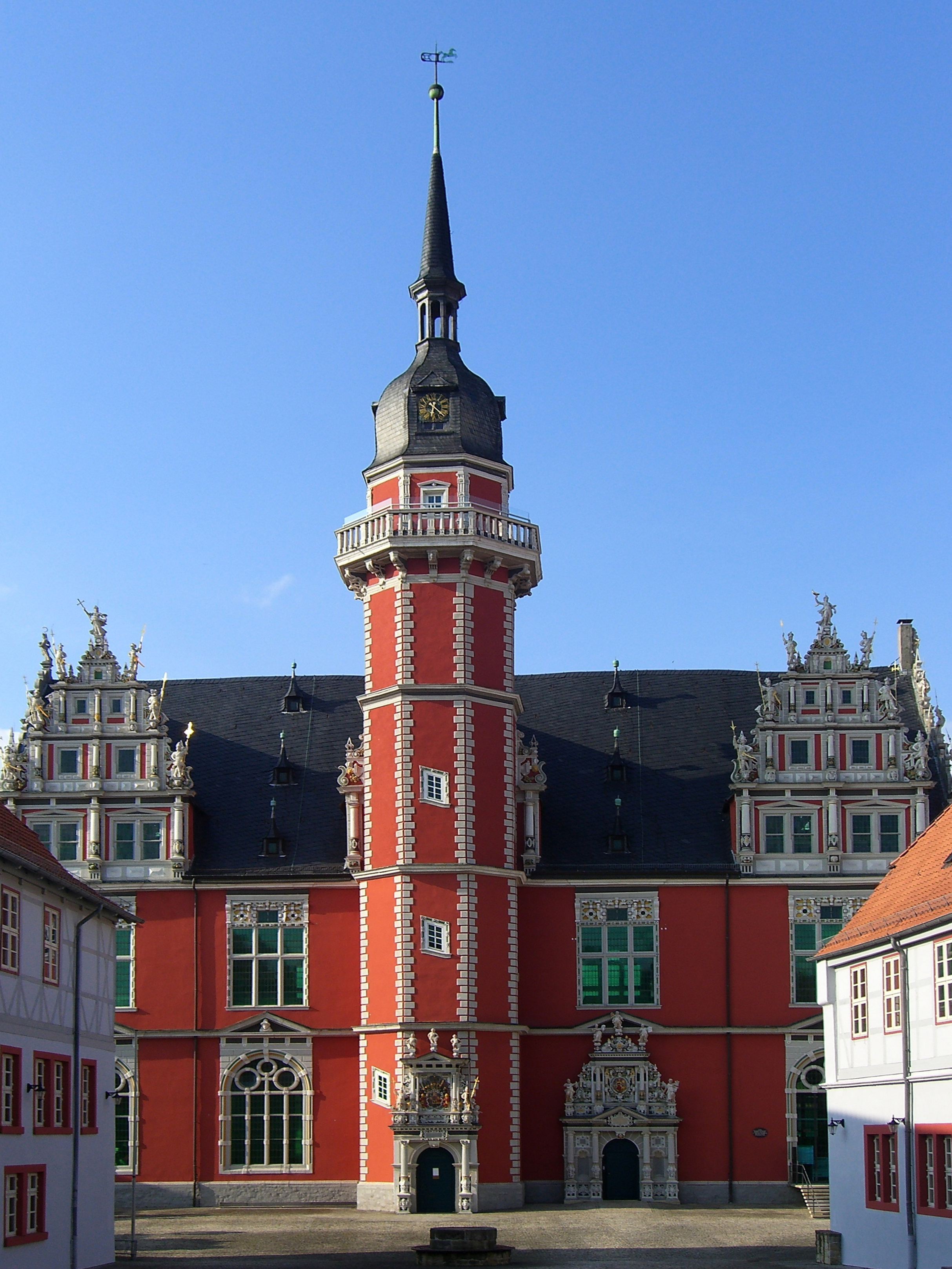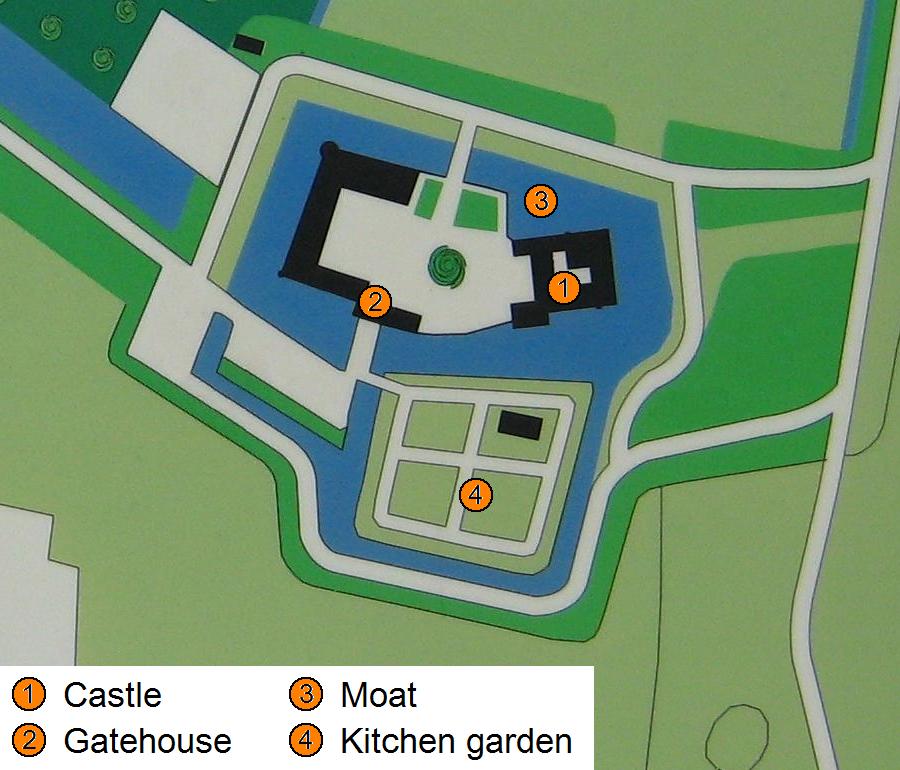|
Schelenburg
The Schelenburg is a water castle in Schledehausen, municipality of Bissendorf, Lower Saxony, Germany. Built in the Weser Renaissance style, it is one of the oldest castles of the Osnabrücker Land. Famous people *Eduard von Schele zu Schelenburg Bibliography * Römisch-Germanisches Zentralmuseum The Römisch-Germanisches Zentralmuseum (RGZM), Leibniz Research Institute for Archaeology, is headquartered in Mainz. It is supported by the Germany, Federal Republic of Germany and its States of Germany, states and is a member of the Gottfried W ... (ed.): ''Führer zu vor- und frühgeschichtlichen Denkmälern - Das Osnabrücker Land III'', vol. 44, Verlag Philipp von Zabern, Mainz 1979, * Gabriele Brasse: ''Schloß Schelenburg'' (Schnell, Kunstführer No. 1898). Munich/Zurich 1992 * Ernst Andreas Friedrich: ''Die Schelenburg bei Osnabrück'', pages 150–152, in: ''Wenn Steine reden könnten'', vol. III, Landbuch-Verlag, Hannover 1995, . External links Website Bissendor ... [...More Info...] [...Related Items...] OR: [Wikipedia] [Google] [Baidu] |
Eduard Von Schele Zu Schelenburg
Eduard August Friedrich Freiherr von Schele zu Schelenburg (September 23, 1805 – February 13, 1875) was Prime Minister of the Kingdom of Hanover The Kingdom of Hanover (german: Königreich Hannover) was established in October 1814 by the Congress of Vienna, with the restoration of George III to his Hanoverian territories after the Napoleonic era. It succeeded the former Electorate of H ... and the last Post Director General of the Thurn-und-Taxis Post in Frankfurt. He was born and buried in Schelenburg. Notes 1805 births 1875 deaths German politicians Barons of Germany Postal history of Germany {{Germany-politician-stub ... [...More Info...] [...Related Items...] OR: [Wikipedia] [Google] [Baidu] |
Weser Renaissance
Weser Renaissance is a form of Northern Renaissance architectural style that is found in the area around the River Weser in central Germany and which has been well preserved in the towns and cities of the region. Background Between the start of the Reformation and the Thirty Years War the Weser region experienced a construction boom, in which the Weser, playing a significant role in the communication of both trade and ideas, merely defined the north–south extent of a cultural region that stretched westwards to the city of Osnabrück and eastwards as far as Wolfsburg. Castles, manor houses, town halls, residential dwellings and religious buildings of the Renaissance period have been preserved in unusually high density, because the economy of the region recovered only slowly from the consequences of the Thirty Years War and the means were not available for a baroque transformation such as that which occurred to a degree in South Germany. Origin of the term The term, co ... [...More Info...] [...Related Items...] OR: [Wikipedia] [Google] [Baidu] |
Bissendorf - Schelenburg - Wasserschloss -BT- 01
Bissendorf (formerly Bissendorpe) is a municipality in the district of Osnabrück, in Lower Saxony, Germany. It is situated approximately 9 km southeast of Osnabrück. Population 14,700 (2020). It is divided into Bissendorf proper, Schledehausen and Wissingen. References Osnabrück (district) {{Osnabrück-geo-stub ... [...More Info...] [...Related Items...] OR: [Wikipedia] [Google] [Baidu] |
Bissendorf
Bissendorf (formerly Bissendorpe) is a municipality in the district of Osnabrück, in Lower Saxony, Germany. It is situated approximately 9 km southeast of Osnabrück Osnabrück (; wep, Ossenbrügge; archaic ''Osnaburg'') is a city in the German state of Lower Saxony. It is situated on the river Hase in a valley penned between the Wiehen Hills and the northern tip of the Teutoburg Forest. With a populat .... Population 14,700 (2020). It is divided into Bissendorf proper, Schledehausen and Wissingen. References Osnabrück (district) {{Osnabrück-geo-stub ... [...More Info...] [...Related Items...] OR: [Wikipedia] [Google] [Baidu] |
Water Castle
A water castle is a castle whose site is largely defended by water. It can be entirely surrounded by water-filled moats (moated castle) or natural waterbodies such as island castles in a river or offshore. The term comes from European castle studies, mainly German ''Burgenkunde'', but is sometimes used in English-language popular science books and websites, and is mentioned in other more academic works. When stately homes were built in such a location, or a Wasserburg was later rebuilt as a residential manor, the German term becomes Wasserschloss, lit. "water palace/manor". Description Forde-Johnston describes such a site as "a castle in which water plays a prominent part in the defences." Apart from hindering attackers, an abundant supply of water was also an advantage during a siege. Topographically, such structures are a type of low-lying castle. Such a castle usually had only one entrance, which was via a drawbridge and that could be raised for protection in the event of a ... [...More Info...] [...Related Items...] OR: [Wikipedia] [Google] [Baidu] |
Römisch-Germanisches Zentralmuseum
The Römisch-Germanisches Zentralmuseum (RGZM), Leibniz Research Institute for Archaeology, is headquartered in Mainz. It is supported by the Federal Republic of Germany and its states and is a member of the Leibniz Association of German research institutions. The institution studies the Old World and its contact zones from the Stone Age to the Middle Ages. It consists of several divisions, and in addition maintains a permanent collection and through this and its numerous publications and conferences, disseminates the findings of recent research to the public. History The Römisch-Germanisches Zentralmuseum was founded in 1852 by Ludwig Lindenschmit the Elder, after the decision was taken at the 16–19 August ''Versammlung deutscher Geschichts- und Alterthumsforscher'' (Assembly of German Researchers in History and Classical Studies) in Dresden that a "central museum for Germanic and Roman artifacts" should be founded in Mainz and a "Germanic museum" should be founded in N ... [...More Info...] [...Related Items...] OR: [Wikipedia] [Google] [Baidu] |
Castles In Lower Saxony
A castle is a type of fortified structure built during the Middle Ages predominantly by the nobility or royalty and by military orders. Scholars debate the scope of the word ''castle'', but usually consider it to be the private fortified residence of a lord or noble. This is distinct from a palace, which is not fortified; from a fortress, which was not always a residence for royalty or nobility; from a ''pleasance'' which was a walled-in residence for nobility, but not adequately fortified; and from a fortified settlement, which was a public defence – though there are many similarities among these types of construction. Use of the term has varied over time and has also been applied to structures such as hill forts and 19th-20th century homes built to resemble castles. Over the approximately 900 years when genuine castles were built, they took on a great many forms with many different features, although some, such as curtain walls, arrowslits, and portcullises, were ... [...More Info...] [...Related Items...] OR: [Wikipedia] [Google] [Baidu] |





